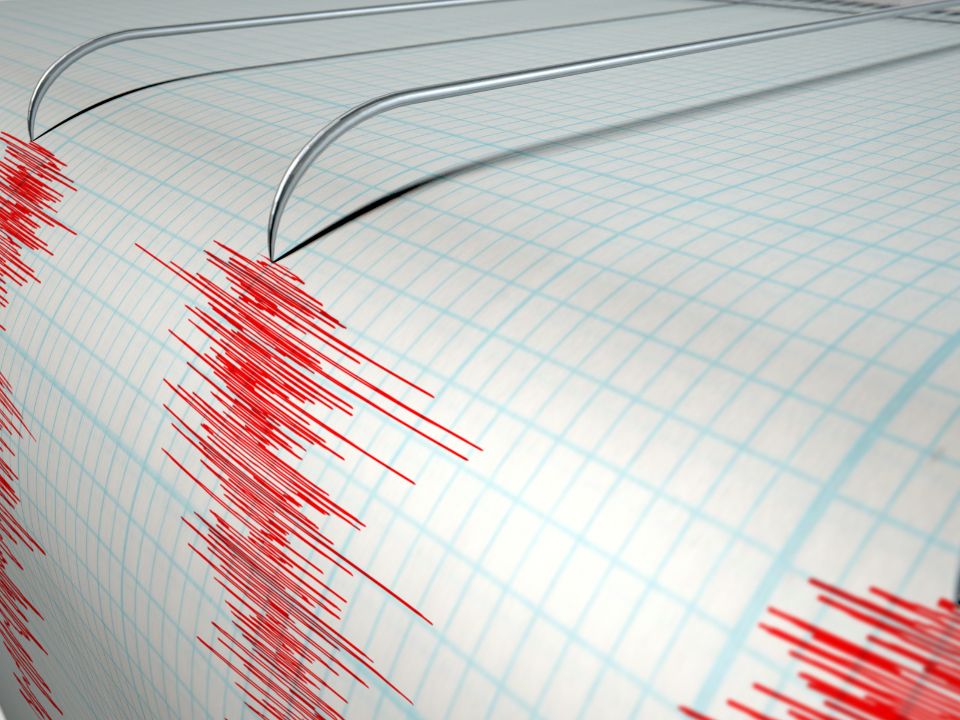
Author: Andrew Hannegan, X-Ray Tech
Unfortunately there has been tragedy following earthquakes in the news in Syria and Turkey. When an earthquake occurs in a populated area, it may cause deaths and injuries and extensive property damage. Ground movement during an earthquake is rarely the direct cause of death or injury. Most earthquake-related injuries result from collapsing walls, flying glass, and falling objects as a result of the ground shaking, or people trying to move more than a few feet during the shaking. Much of the damage in earthquakes is predictable and preventable.
What can I do to prepare before an earthquake occurs?
1. Pick “safe places”. A safe place could be under a sturdy table or desk or against an interior wall away from windows and bookcases, or tall furniture that could fall on you.
2. Secure furniture to the wall so it can’t fall over or fall down.
3. Confirm the strength of your house and walls.
4. Always be ready to extinguish fires, so having a non-expired fire extinguisher is a must.
5. Prepare emergency supplies in advance such as food, water, clothes, and first-aid kit
Know what to do to keep yourself and your loved ones safe during an earthquake. In most situations, you can protect yourself if you immediately DROP, COVER, and HOLD ON.
– DROP down onto your hands and knees before the earthquake knocks you down. This position protects you from falling but allows you to still move if necessary.
– COVER your head and neck (and your entire body if possible) underneath a sturdy table or desk. If there is no shelter nearby, get down near an interior wall or next to low-lying furniture that won’t fall on you, and cover your head and neck with your arms and hands.
– HOLD ON to your shelter (or to your head and neck) until the shaking stops. Be prepared to move with your shelter if the shaking shifts it around.
If you are inside, stay inside. DO NOT run outside or to other rooms during an earthquake. You are less likely to be injured if you stay where you are. To reduce your chances of being hurt, take the following actions:
– If possible, within a few seconds before shaking intensifies, quickly move away from glass, hanging objects, bookcases, china cabinets, or other large furniture that could fall. Watch for falling objects, such as bricks from fireplaces and chimneys, light fixtures, wall hangings, high shelves, and cabinets with doors that could swing open.
– If available nearby, grab something to shield your head and face from falling debris and broken glass.
– If you are in the kitchen, quickly turn off the stove and take cover at the first sign of shaking.
– If you are in bed, hold on and stay there, protecting your head with a pillow. You are less likely to be injured staying where you are. Broken glass on the floor can cause injuries if you walk or roll onto the floor.
DO NOT stand in a doorway. You are safer under a table. In modern houses, doorways are no stronger than any other part of the house. Doorways do not protect you from the most likely source of injury − falling or flying objects. Most earthquake-related injuries and deaths are caused by falling or flying objects (such as TVs, lamps, glass, or bookcases), or by being knocked to the ground.
If you are in a moving vehicle, stop as quickly and safely as possible.
– Move your car to the shoulder or curb, away from utility poles, overhead wires, and under- or overpasses.
– Stay in the car and set the parking brake. A car may jiggle violently on its springs, but it is a good place to stay until the shaking stops.
– Turn on the radio for emergency broadcast information.
– If a power line falls on the car, stay inside until a trained person removes the wire.
– When it is safe to begin driving again, watch for hazards created by the earthquake, such as breaks in the pavement, downed utility poles and wires, rising water levels, fallen overpasses, or collapsed bridges.
Download the Earthquake Safety Checklist
The Red Cross checklists are available in multiple languages
The information provided is for general interest only and should not be misconstrued as a diagnosis, prognosis or treatment recommendation. This information does not in any way constitute the practice of medicine, or any other health care profession. Readers are directed to consult their health care provider regarding their specific health situation. Marque Medical is not liable for any action taken by a reader based upon this information.


